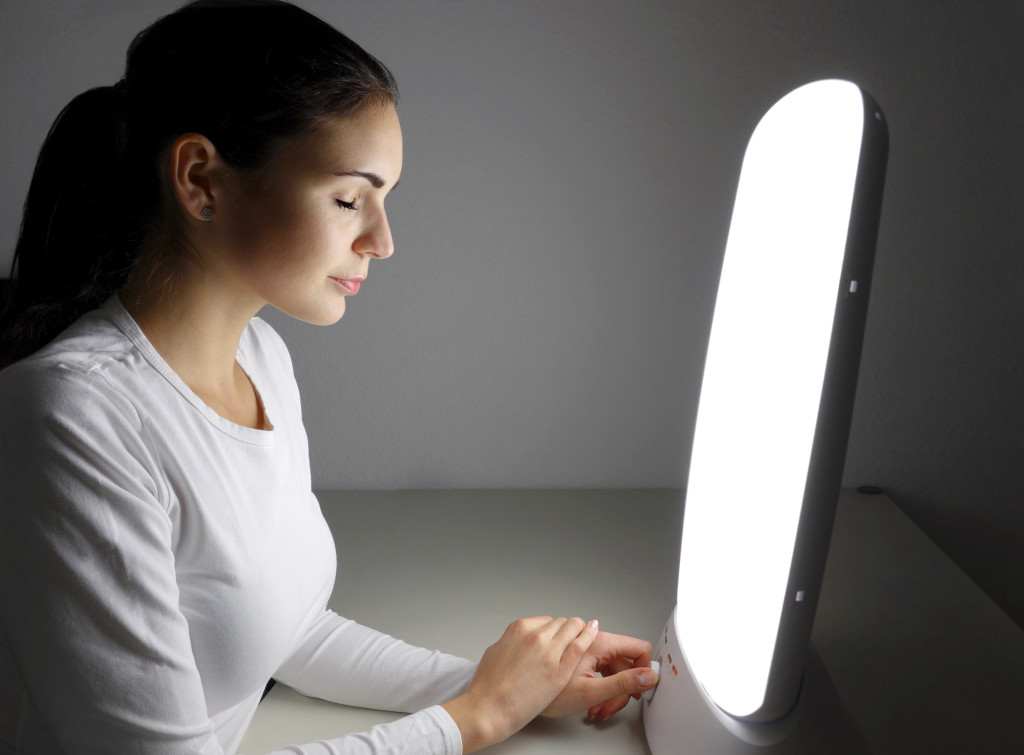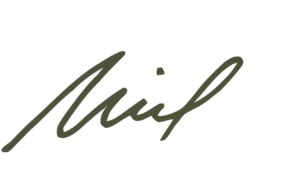Many people who live in the colder parts of the world tend to struggle during the winter months. Some struggle so much that they have what doctors call seasonal affective disorder, or SAD. An appropriate name. The prevalence of SAD ranges from 1.5% to 9%, depending on how far north you are, also called your latitude. If you have become depressed twice in the past two years, both times in the fall or winter, and both times you improved in the spring, you may meet the criteria for SAD. If you have been struggling with your mood during this pandemic and you think you might get worse this winter, should you consider prevention? One option is light therapy, and while it is not proven, it may be worth a try.
The Cochrane Database of Systematic Reviews is one of a few bibles of evidence-based medicine. And this bible says that there is no reliable evidence that bright light therapy improves SAD. A systematic review is a summary of all the clinical trials that have ever been done to determine whether a treatment is effective or not. The Cochrane criteria are meaningful and important, excluding studies that have not been properly designed to eliminate risk of bias or error.
In their systematic review of light therapy for preventing SAD, the authors found 126 studies on light therapy to prevent SAD, but only one met their criteria. That study involved only 46 people, and while there was a difference between groups, the data was not strong enough to be considered valid. So the authors’ conclusion was that light therapy remains unproven. The same group of researchers published separate reviews on melatonin, antidepressants, and psychological therapies. There were three randomized controlled trials on antidepressants, and while they did have some benefit, they often caused side-effects. The authors found no valid studies evaluating the other therapies, so they are also unproven.
To an evidence-based purist, the fact that light therapy is an unproven treatment means that doctors should not recommend it for their patients who get depressed in the winter. This deeply concerns me. There is certainly not enough evidence to merit a blanket recommendation that everyone with SAD should use it, and stay on it forever whether it helps or not. But does that mean it is not even worth a try?
Light therapy is cheap and safe, and there is evidence to suggest that we are all suffering from light deficiency. Humans evolved in daylight, and just as outdoor plants don’t thrive indoors, neither do we. Daylight researchers tell us that this is an epidemic, and that it is linked to circadian rhythms, which regulate stress, hormones, inflammation and lifestyle habits, linking light to many chronic diseases.

If you know you are prone to the February blues, or if you are already struggling with depression, anxiety, pain or fatigue that always gets worse in the winter, then most reasonable physicians would agree that you should give light therapy a try. While it is not proven, it might be worth trying it to see if it works for you.
This is called a therapeutic trial, and it is a better way to practice evidence-based medicine. Doctors call this rational prescribing, and the World Health Organization has published guidelines for how it should be done. These are an important part of the curriculum in medical school, and are used to teach doctors how to prescribe, but they are not always applied in clinical practice.
To do a proper therapeutic trial of light therapy, you need to know what you are doing. You can choose from a wide range of devices, which use different kinds of light, and you can use them for different durations, at different times of the day. With clinical experience, prescribers have learned that it can take a few weeks for the effect to begin, so you can probably consider a trial to have failed if you don’t feel better within about 8 weeks. While you might consider trying this on your own, most people would prefer to do it under the supervision of a knowledgeable healthcare professional, ideally a doctor.
Rational prescribing is how doctors are supposed to prescribe anything. If a treatment is considered proven, that means it is better than nothing, and better than a placebo. That doesn’t mean it will be effective for everyone. Evidence-based practice is definitely a step forward for medicine. But the current approach that informs most of modern healthcare falls short of truly evidence-based care. It creates a binary standard for judging therapies which is not valid in the real world. What matters to a person is not whether their treatment is better than nothing in clinical trials. They care whether or not it is helping them.
Rational prescribing should compare some kind of outcome measure at the start and end of a therapeutic trial. Different diseases have different outcome measures (the key performance indicators of medicine), so if you are using light therapy, you might want to choose the outcome that matters most to you. Whether this is mood, sleep, pain, energy or memory and concentration, you and your prescriber can decide whether it improved at the end of an 8-week trial. If it does, you should keep using it until the spring, and consider using it every year. If it doesn’t, you should try something else.
A rational prescribing approach to using unproven treatments is an evidence-based approach to integrative medicine. Doctors should be able to prescribe unproven treatments for patients who make an informed decision to use them. Documenting and collecting the outcomes of these trials is a way to make integrative healthcare a safe, effective addition to our healthcare system. This data represents a huge untapped resource that could guide clinical trial design, foster innovation and improve patient care.
Integrative doctors are a key resource in our healthcare system, but the harsh criticism of unproven treatments, and of doctors who prescribe them, is a barrier to innovation and progress. There is no treatment that is effective for everyone, and while doctors should recommend proven treatments first, when they have failed or when patients decide against them, they should use a rational prescribing approach to help patients find solutions. And as a society, we need to collect and analyze this data as part of a global effort to find the healthcare solutions of the future.
The widespread use of unproven treatments is not a symptom of a problem with the people who use them, but rather it indicates a gap in science, which should be used to inform the choices that matter to patients. There are thousands of unproven treatments. Outcomes data can help us find which ones have the most potential, and with a rational approach to research funding, we can shine the light of science on the best of them to find the diamonds in the rough.
There are millions of people who believe that unproven treatments have helped them. Healthcare and medical science must address this, and embrace rational prescribing of these therapies to gather outcomes data from clinical practice and guide research that will fuel healthcare innovation. Only then will science truly serve society.
Yours in health,

Dr. Richard Nahas
